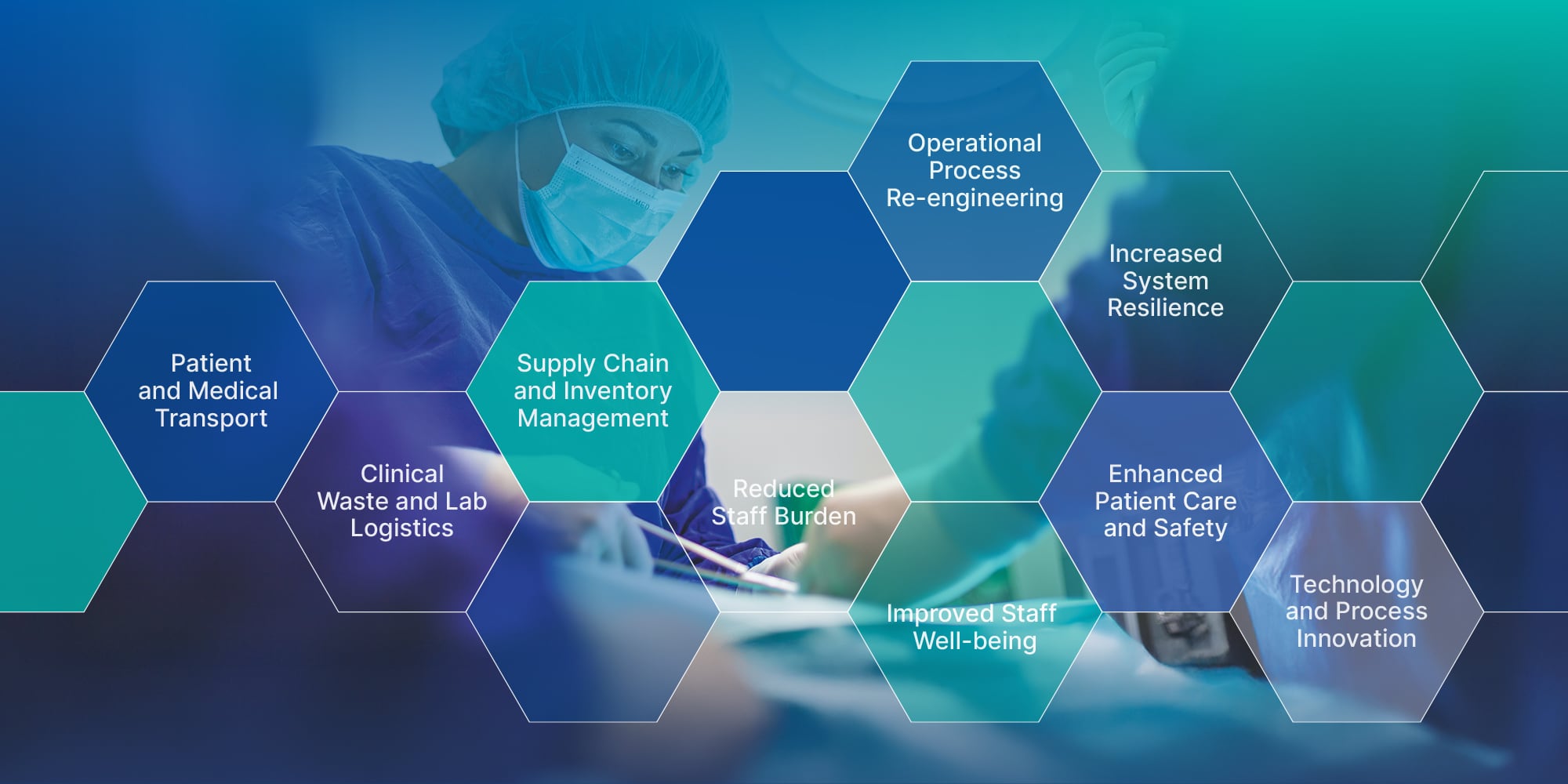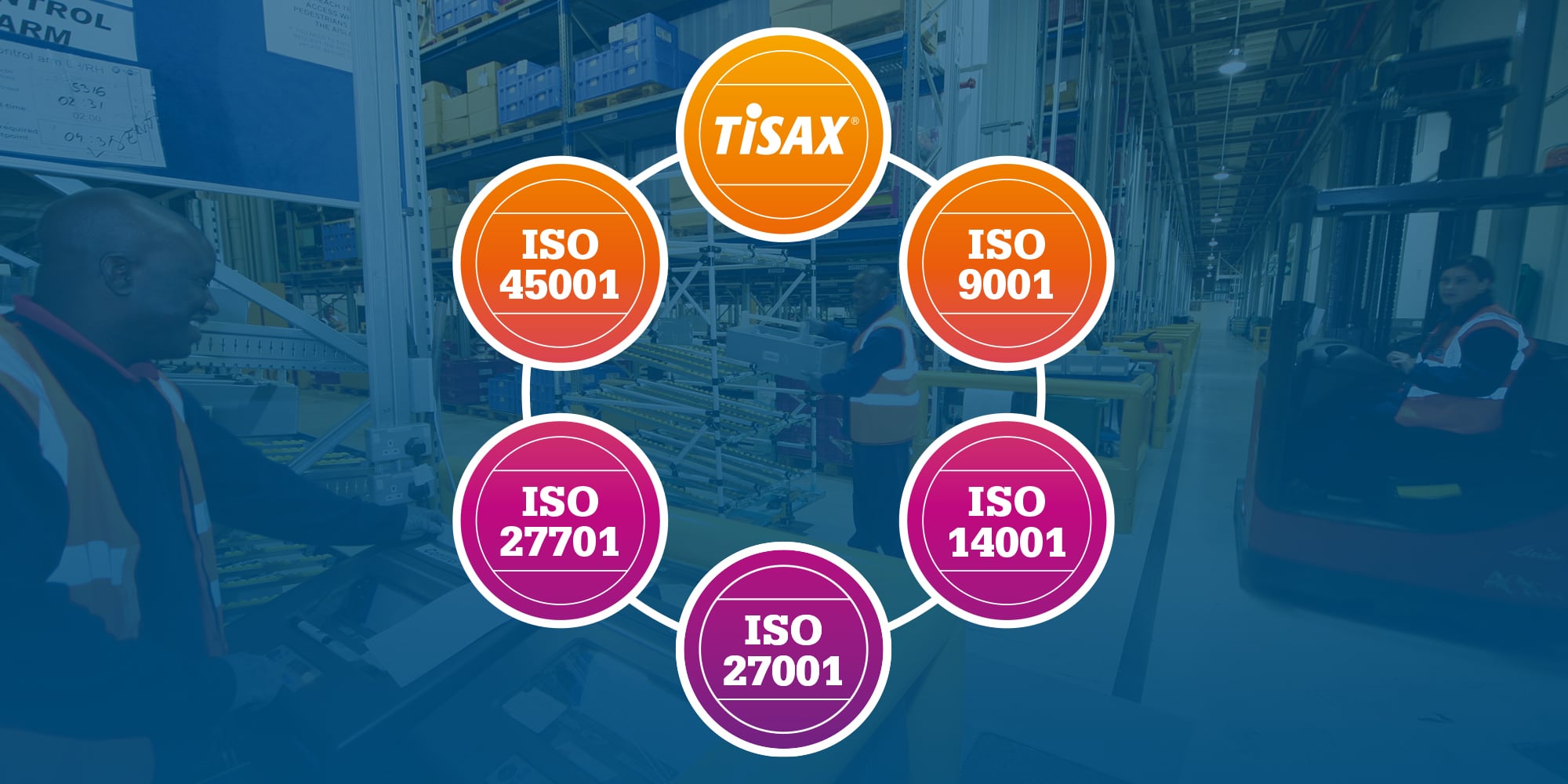The Strategic Imperative of Last-Mile and Operational Logistics Optimisation
The National Health Service (NHS) stands at a critical juncture, grappling with profound financial pressures and an escalating demand for services. While the challenges of staffing costs and inflation are widely acknowledged, a less visible yet equally impactful area for significant cost reduction and efficiency gains lies within the intricate world of operational logistics and the “last mile” of healthcare delivery. This often-underestimated domain, encompassing everything from the movement of medical supplies to patient transport and waste management, represents a multi-billion-pound expenditure annually, ripe for transformation.
The Unseen Burden: Understanding Healthcare Logistics
Operational logistics in the NHS involves the strategic management of all material and resource flows, from inbound goods to their final point of use. The “last mile” specifically refers to the critical final leg of this journey, ensuring essential items like prescriptions reach patients’ homes or that vital equipment is precisely where it’s needed within a hospital. This comprehensive scope includes the internal supply chain, patient transport, clinical waste management, and the time-sensitive logistics of laboratory samples.
The overarching goal is to create a seamless, efficient process that minimises waste and maximises productivity. When these systems falter, the consequences are far-reaching: substantial financial waste, operational bottlenecks that delay patient care, and increased administrative burdens on already stretched NHS staff. The interconnectedness of these logistical elements means that inefficiencies in one area can ripple across the entire system, impacting patient safety and clinical outcomes. For instance, delays in transporting critical blood samples can compromise diagnoses, while inefficient patient transport leads to missed appointments and wasted clinical time.
Unpacking the Inefficiencies: Where the NHS Bleeds Resources
Evidence from various studies consistently points to systemic inefficiencies across NHS logistics:
Supply Chain and Inventory Management: The NHS supply chain has been described as inherently fragile, with a widespread “low maturity in inventory management”. Many trusts lack robust Warehouse Management Systems (WMS) or effective inventory controls, leading to duplicated efforts, poor stock visibility, and significant waste from obsolescence and expired stock. This fragmentation means that over £200 million in potential cash-releasing and efficiency savings from optimising inventory and supply chain management remain untapped across England. Furthermore, unreliable deliveries from NHS Supply Chain, with over a quarter of orders delivered late by an average of 22 days in one period, directly impact day-to-day clinical operations.
Patient and Medical Transport: Transportation problems are a major factor in missed appointments, with nearly half of patients citing this as an issue, disproportionately affecting vulnerable groups. This not only delays care and increases backlogs but also imposes significant administrative costs for rebooking and results in idle time for clinical staff. Ambulance services are frequently overburdened by non-critical patients lacking alternative transport, leading to inflated response times for emergencies and delayed hospital handovers. Estimates suggest ambulance trusts could save £500 million annually by optimising their services, largely by reducing avoidable transfers to emergency departments.
Clinical Waste and Lab Logistics: The volume of clinical waste is projected to increase significantly, contributing to the healthcare sector’s substantial carbon footprint. Delays in transporting biological specimens can compromise sample integrity, leading to unreliable test results. Recent global shortages of essential items like blood test tubes have even forced the NHS to limit ‘non-essential’ blood tests, directly impacting patient diagnostics. High waste is also observed with short-shelf-life products like platelets, posing both a financial burden and a risk to patient health.
A Collective Desire for Efficiency
After 18 months visiting various size Trusts across the UK and speaking with dozens more, Sam Dunley of Rudolph and Hellmann concludes the common feeling is logistics can be done more efficiently and in all cases the people involved in these operations want to have as much resource directed at patient care as possible. This sentiment underscores a powerful internal drive within the NHS to streamline operations and ensure every pound and every minute serves the patient.
Pioneering Solutions: Technology and Process Innovation
The path to optimising NHS logistics involves a multi-pronged approach, leveraging both cutting-edge technology and fundamental process re-engineering:
Digital Transformation: Implementing digital Inventory Management Systems (IMS) and the “Scan for Safety” initiative has already shown measurable benefits, including comprehensive stock audits, reduced overstock, and enhanced patient safety by preventing the use of expired or recalled stock. The “Scan for Safety” program alone projects £1 billion in savings when scaled across the NHS. Real-Time Location Systems (RTLS) are being trialled to track expensive medical assets and beds, improving staff efficiency and patient flow. AI-powered route optimisation has demonstrated remarkable success, such as a 54% reduction in expired platelets and the elimination of costly ad hoc transport for these time-sensitive products. Digital platforms like Wayfinder also empower patients to manage appointments, reducing missed appointments and significantly cutting carbon emissions from paper communications.
Operational Process Re-engineering: Establishing centralised “consolidation centres” for NHS Trusts can significantly reduce duplicated orders, optimise stock rotation, and improve stock visibility, leading to substantial reductions in vehicle movements and carbon emissions. Applying Just-in-Time (JIT) principles ensures materials arrive precisely when needed, reducing inventory costs and waste. The “treat at scene” model for ambulance services, where crews are better equipped to treat patients at the emergency site, can save hundreds of millions annually by reducing avoidable hospital transfers. Furthermore, adopting circular economy principles and switching to reusable products, like sharps containers, offers significant waste reduction and carbon savings.
The Path Forward: Collaboration and Expertise
Realising these efficiencies requires a concerted effort across the NHS ecosystem. Integrated Care Systems (ICSs) are crucial in leading supply chain development and fostering collaboration among trusts. Cross-sector partnerships with local councils and community organisations can expand patient transport capacity and standardise services. Crucially, sustained investment in logistics skills, training, and infrastructure is vital to build a capable workforce that can effectively implement and manage these complex transformations.
The Transformative Potential: Beyond Financial Savings
Optimising operational logistics offers far more than just financial relief. It promises:
- Enhanced Patient Care and Safety: Faster diagnoses, timely delivery of critical medications, reduced “Never Events,” and improved patient flow.
- Reduced Staff Burden and Improved Well-being: Streamlined processes free up valuable clinical time, allowing staff to focus on patient care rather than administrative tasks, contributing to job satisfaction and retention.
- Environmental Sustainability: Significant reductions in CO2 emissions, improved air quality, and less waste, aligning with the NHS’s ambitious net-zero targets.
- Increased System Resilience: A more robust and digitally mature logistics system enhances the NHS’s ability to respond to disruptions and maintain continuity of care.
By strategically investing in and transforming its operational logistics, the NHS can move beyond reactive cost-cutting to proactive, systemic efficiency gains. This will not only secure its financial future but also enhance the quality and safety of patient care, improve the working lives of its dedicated staff, and contribute meaningfully to a sustainable healthcare system for future generations.
Book an exploratory call to find out how Rudolph and Hellmann are working with several NHS trusts to achieve this goal.




